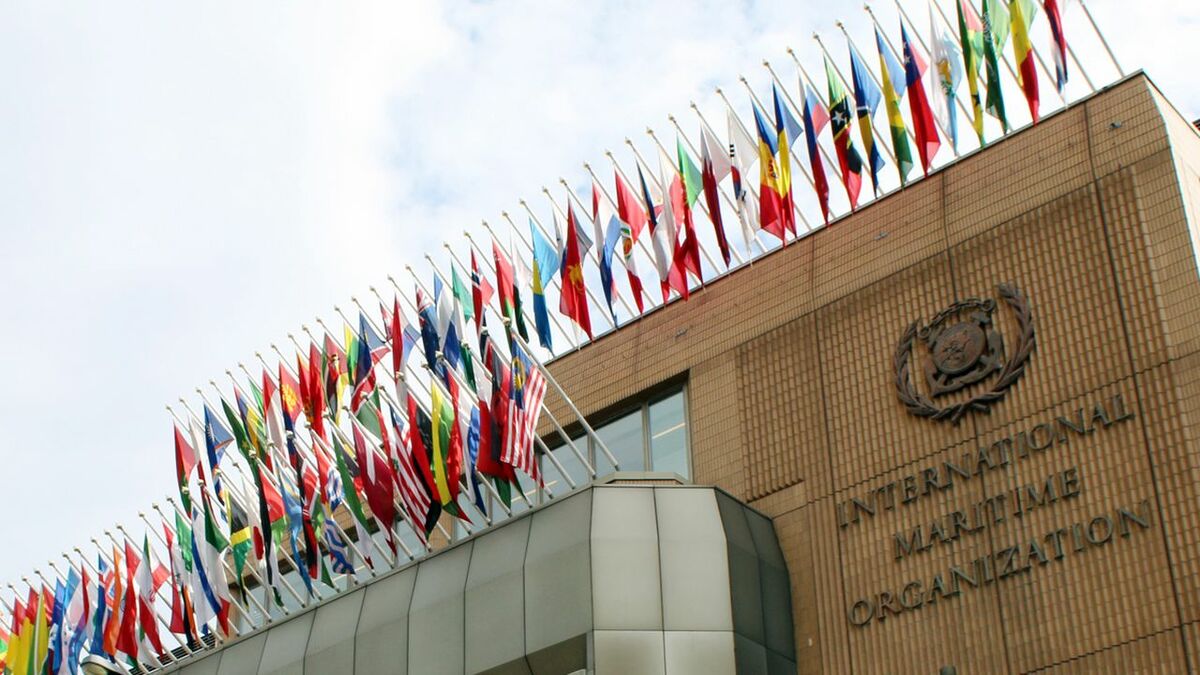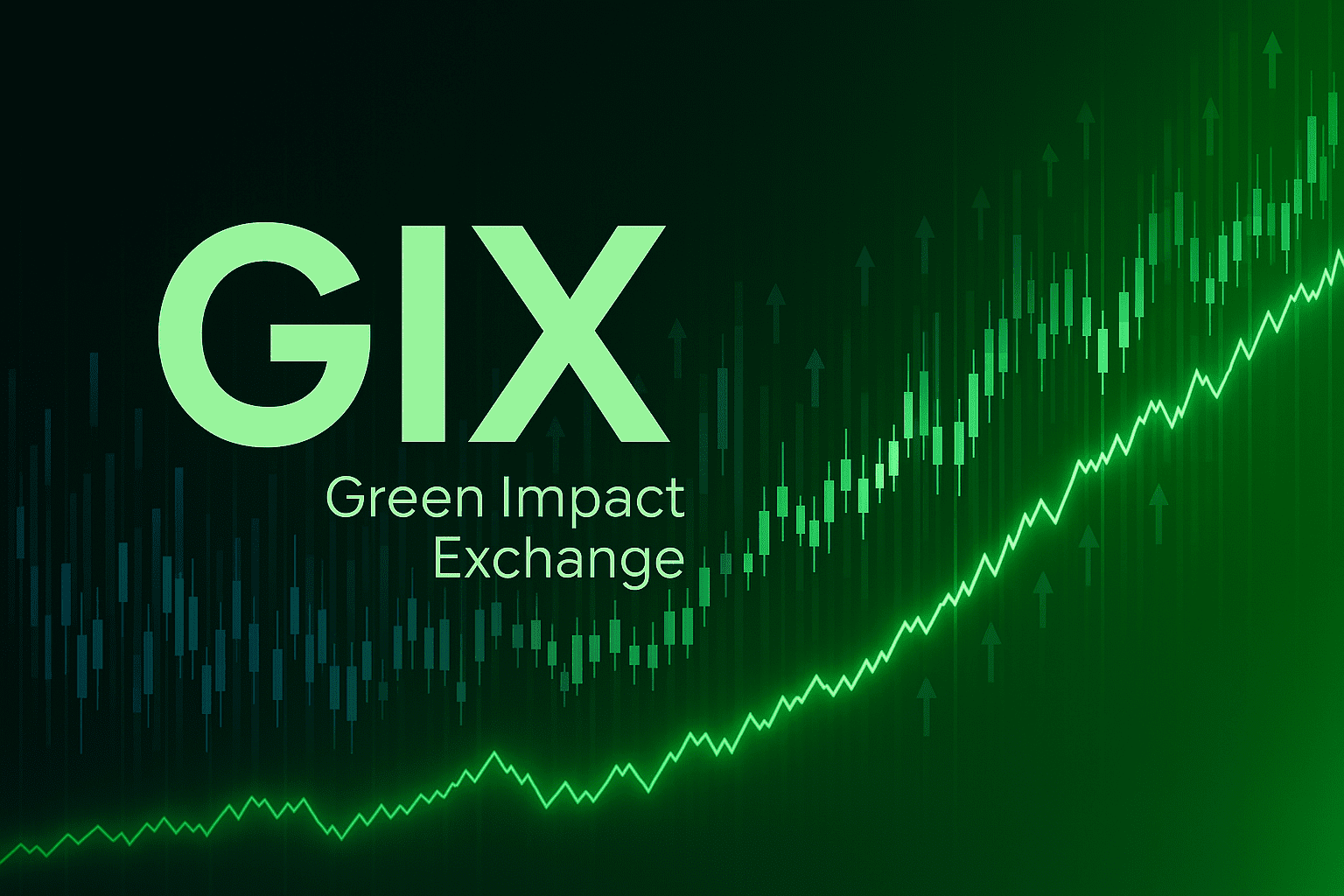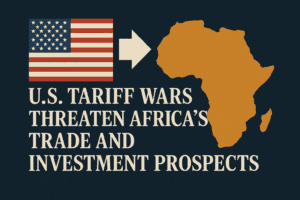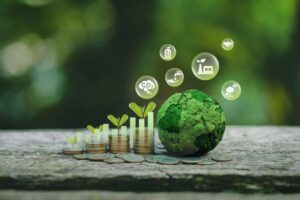Key Impact Points
- Rising Investments: Clean energy technology investments in 2024 expected to approach $800 billion, led by solar and battery storage.
- Decarbonization Commitments: Renewables manufacturers are prioritizing lower-carbon products and operations to meet demand for cleaner energy sources.
- Global Offshore Wind Expansion: 2024 will set a record with over 60 GW in offshore wind capacity auctions, advancing renewables.
Cleantech Investment Surge
Clean energy technology investment in 2024 is forecasted to reach nearly $800 billion, a significant increase from 2023. This momentum is largely driven by solar investments, which will account for 55% of the total spend, while onshore wind follows closely. Battery energy storage and green hydrogen projects are also seeing rapid growth, positioning these technologies as cornerstones of the clean energy landscape.
“The S&P Global Commodity Insights forecast of nearly $800 billion in clean energy technology investments for 2024 is 10%-20% higher than 2023 spending levels.”
The report further highlights how new policies in the US and Europe are providing incentives for CCUS and hydrogen production, such as the 45Q tax credit and new CO2 storage mandates, which signal strong support for these emerging technologies.

Declining Costs Amid Rising Innovation
Despite cost pressures for certain technologies, average capital expenditure (capex) in clean energy is projected to decline by 15%-20% by 2030, largely due to technological improvements and lower raw material costs. Solar and battery prices are forecasted to fall below 2020 levels as manufacturers enhance production efficiencies.
However, high costs for offshore wind and hydrogen remain a challenge. Escalating capital costs have impacted offshore wind projects globally, slowing some investment plans. Nonetheless, mass production in the solar and battery sectors is driving prices lower, making these technologies more competitive.
“The combination of oversupply and falling raw material prices is rapidly driving down the costs for solar and batteries from their 2022 highs.”
Change the World - Subscribe Now
Decarbonization at the Core
Clean energy technology manufacturers are placing a renewed focus on decarbonizing both their products and operations. By 2030, major renewable energy manufacturers are set to implement ambitious plans to reduce emissions within their supply chains, aligning with evolving regulations and rising customer demand for low-carbon products.
“In Europe, companies are anticipating the implementation of the Carbon Border Adjustment Mechanism (CBAM) and a new regulation on batteries, which will trigger reporting their lifetime carbon footprint and prioritize decarbonization of operations.”
This push towards decarbonization also brings transparency and traceability to renewable supply chains, with efforts to use lower-carbon materials and improve energy efficiency in production processes.
Solar and Storage Manufacturers in Price Wars
Oversupply is creating price wars among solar and battery storage manufacturers, especially as solar module prices drop. Manufacturers are now vying for market share by cutting costs, putting smaller firms at financial risk and leading to likely market consolidation in 2024.
“Solar and battery manufacturers had solid margins for two years but are facing lower margins through 2024.”
In the US, policies like the Inflation Reduction Act (IRA) aim to localize production, though achieving self-sufficiency remains a challenge. In Europe, a lack of direct support for local manufacturers further complicates localization.
Offshore Wind Capacity Sets New Record
Despite rising costs, 2024 will witness record offshore wind capacity auctions, with over 60 GW slated for auctions across 17 markets globally. The push towards offshore wind underlines the sector’s critical role in achieving decarbonization goals.
“Over 60 GW of new offshore wind capacity is slated for auctions in 2024 globally – enough to cover Poland’s total power demand.”
Countries across Europe, the US, and Asia are set to expand offshore wind projects, with floating wind technology also advancing through groundbreaking projects in France.
Competition in Wind Turbine Manufacturing Intensifies
Western wind turbine manufacturers face growing competition from Chinese counterparts, who offer higher-capacity turbines at competitive prices. This trend is reshaping global markets, particularly in emerging regions.
“Recently announced turbines by the Chinese surpass Western counterparts by at least 30% in rated capacity, while the price gap has grown to nearly 70%.”
Policies in the US and Europe support local wind manufacturing, but cost challenges remain significant, especially in developing local supply chains.
Increasing Interest in Low-Carbon Hydrogen
Low-carbon hydrogen is gaining traction as a feedstock in ammonia, synthetic methane, and synthetic liquids. Global investments in hydrogen are boosted by subsidies and mandates in regions including Denmark, the Middle East, and the US.
“In the Middle East, blue hydrogen and green hydrogen facilities aim to meet demand from Europe or Japan.“
The EU and US are particularly focused on advancing hydrogen production, with significant projects underway to establish global supply chains.
Expansion in Carbon Dioxide Removal (CDR)
As the need for verified carbon crediting increases, technology-based carbon dioxide removal (CDR) projects are rapidly advancing, with over 88 million metric tons of CO2 capture capacity projected under the current pipeline.
“The market is responding — seven methodologies to verify carbon crediting from technology-based CDR have been announced recently.“
Government backing in the EU and the US is fostering growth, with new CDR methodologies being developed to ensure robust carbon credit systems.
Renewable Power Development and Grid Challenges
Efforts to alleviate grid congestion and permitting constraints are essential to accelerating renewable power development globally. Solar power, which dominates capacity additions, intensifies the need for more robust grid infrastructure to manage supply and demand.
“Higher investment in transmission and distribution (T&D) and storage…is exacerbated in markets with higher renewable integration.”
China, with the largest renewable and storage markets, exemplifies the need for better transmission infrastructure to avoid bottlenecks and maximize returns on renewable investments.
TSOs to Increase Flexibility Assessments by 2025
Transmission system operators (TSOs) are preparing to assess grid flexibility needs, leading to larger-scale energy storage initiatives by 2025. These assessments will address the intermittent nature of renewables, particularly as solar and wind grow.
“According to March 2023 electricity market design proposals, countries in Europe must evaluate their electricity systems’ flexibility requirements biennially, starting in January 2025.“
Italy’s recent energy storage procurement demonstrates how TSOs are driving national energy policies towards more flexible and sustainable power systems.
Related Article: Cheaper, Faster, Cheaper – How we’ll win the climate war: By Tom Steyer












